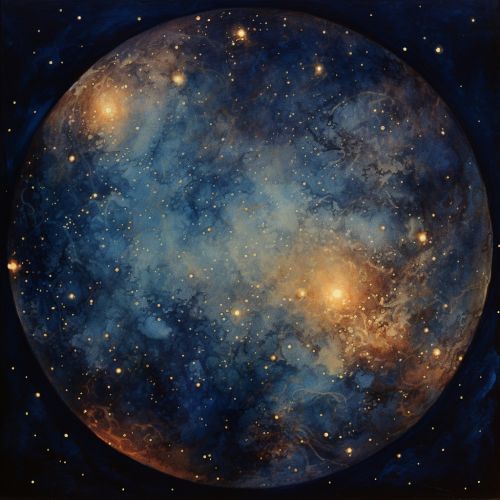The Role of Astrophotography in Space Exploration
Introduction
Astrophotography, a specialized type of photography that involves capturing images of celestial bodies and phenomena, has played a significant role in space exploration. This article delves into the intricate relationship between astrophotography and space exploration, highlighting how this unique form of photography has contributed to our understanding of the universe.
History of Astrophotography
The history of astrophotography dates back to the mid-19th century, when astronomers began using photography to record observations of celestial bodies. The first successful astrophotograph, an image of the moon, was taken by Dr. John William Draper in 1840. Since then, astrophotography has evolved significantly, with advancements in technology enabling more detailed and accurate images of celestial bodies and phenomena.
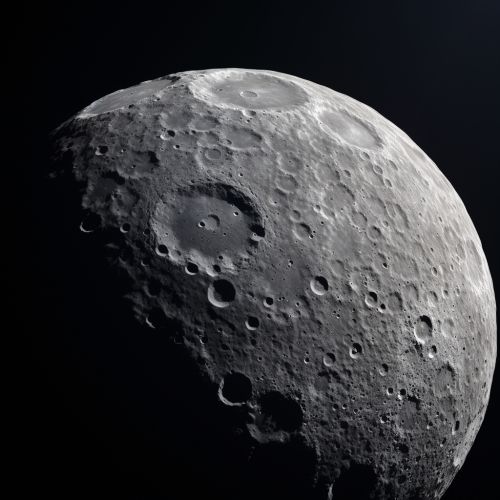
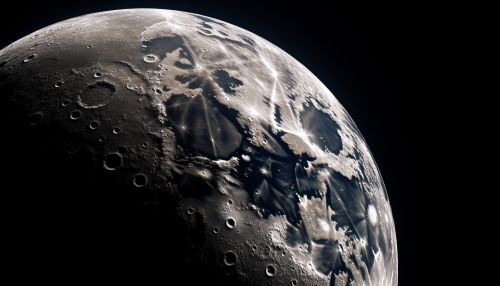
Role in Space Exploration
Astrophotography has played a crucial role in space exploration, providing valuable data and insights that have helped scientists understand the universe. It has been instrumental in the discovery of new celestial bodies, the study of celestial phenomena, and the planning and execution of space missions.
Discovery of Celestial Bodies
Astrophotography has been pivotal in the discovery of new celestial bodies. For instance, the discovery of Pluto in 1930 was made possible through the use of astrophotography. Clyde Tombaugh, an American astronomer, used photographic plates and a blink comparator to identify the dwarf planet.
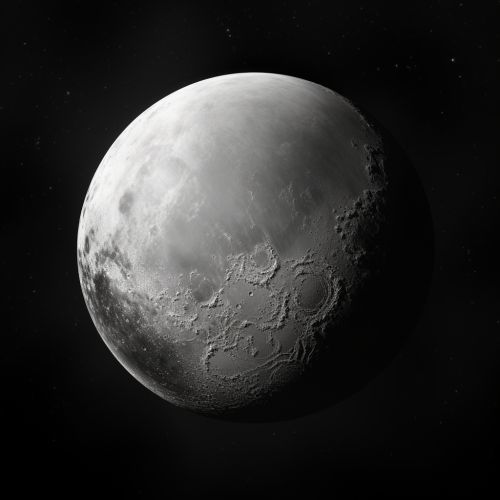
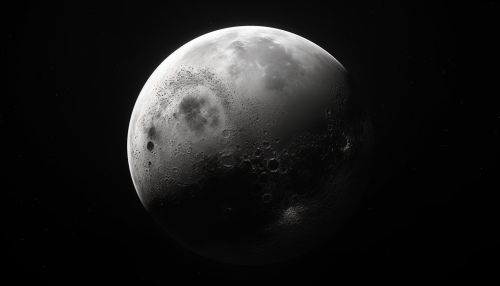
Study of Celestial Phenomena
Astrophotography has also been instrumental in the study of celestial phenomena. For example, it has enabled scientists to study solar eclipses, supernovae, and comets in detail. By capturing images of these phenomena, scientists can analyze them and gain insights into their nature and behavior.
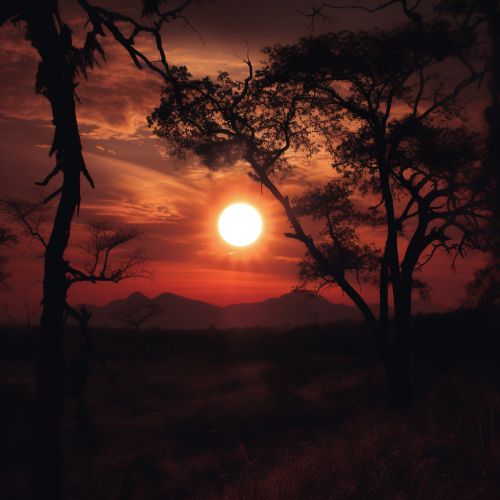
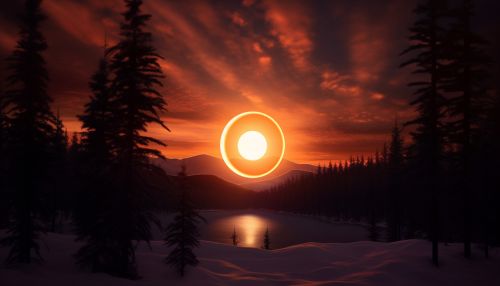
Planning and Execution of Space Missions
Astrophotography plays a crucial role in the planning and execution of space missions. High-resolution images of celestial bodies are used to plan trajectories for spacecraft and to identify potential landing sites. During missions, astrophotography is used to document the journey and capture images of celestial bodies and phenomena.
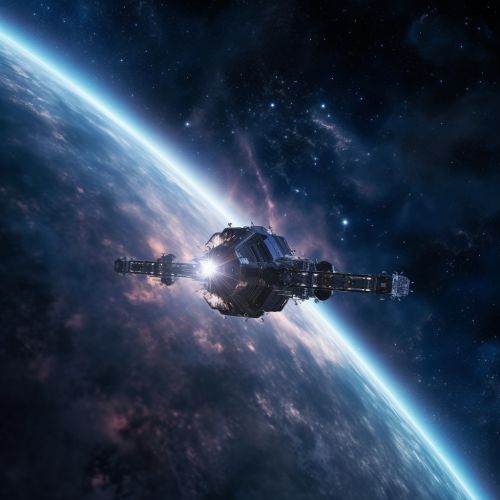
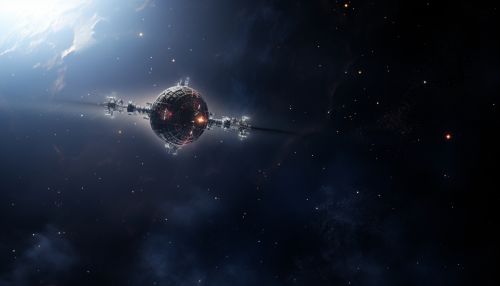
Techniques and Equipment
Astrophotography requires specialized techniques and equipment. These include telescopes, cameras, mounts, and software for image processing. The choice of equipment and techniques depends on the type of celestial body or phenomenon being photographed.
Telescopes
Telescopes are a crucial piece of equipment in astrophotography. They collect light from celestial bodies and focus it onto a camera sensor. There are several types of telescopes used in astrophotography, including refractor, reflector, and catadioptric telescopes.
Cameras
Cameras used in astrophotography are typically digital single-lens reflex (DSLR) cameras or dedicated astronomy cameras. These cameras have high sensitivity to light, allowing them to capture detailed images of celestial bodies and phenomena.
Mounts
Mounts are used to hold the camera and telescope steady during long exposure times. There are two main types of mounts used in astrophotography: altazimuth mounts and equatorial mounts.
Image Processing Software
Image processing software is used to enhance the images captured by the camera. This software can adjust the brightness, contrast, and color balance of the images, as well as remove noise and other imperfections.
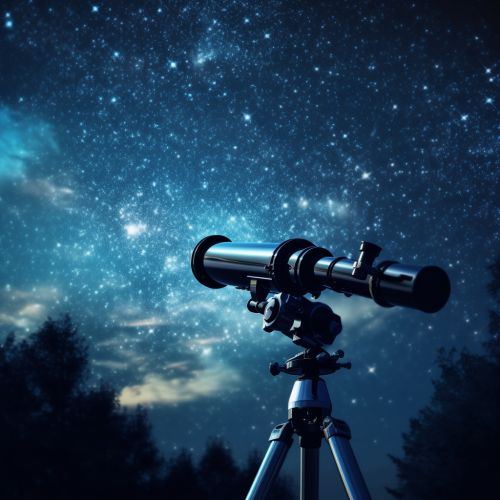
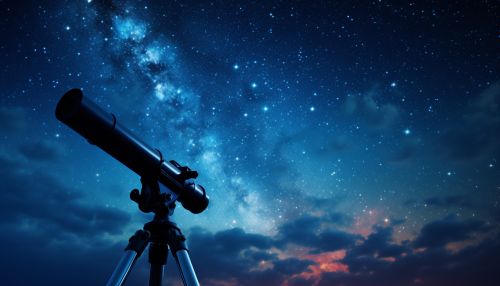
Future of Astrophotography in Space Exploration
The future of astrophotography in space exploration looks promising. With advancements in technology, we can expect more detailed and accurate images of celestial bodies and phenomena. These images will continue to provide valuable data and insights, aiding in the discovery of new celestial bodies, the study of celestial phenomena, and the planning and execution of space missions.
